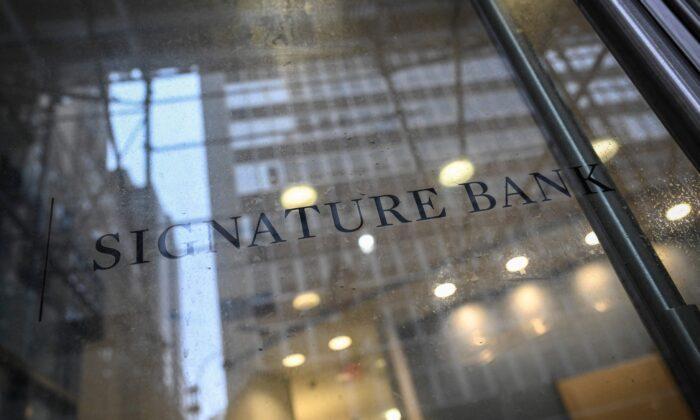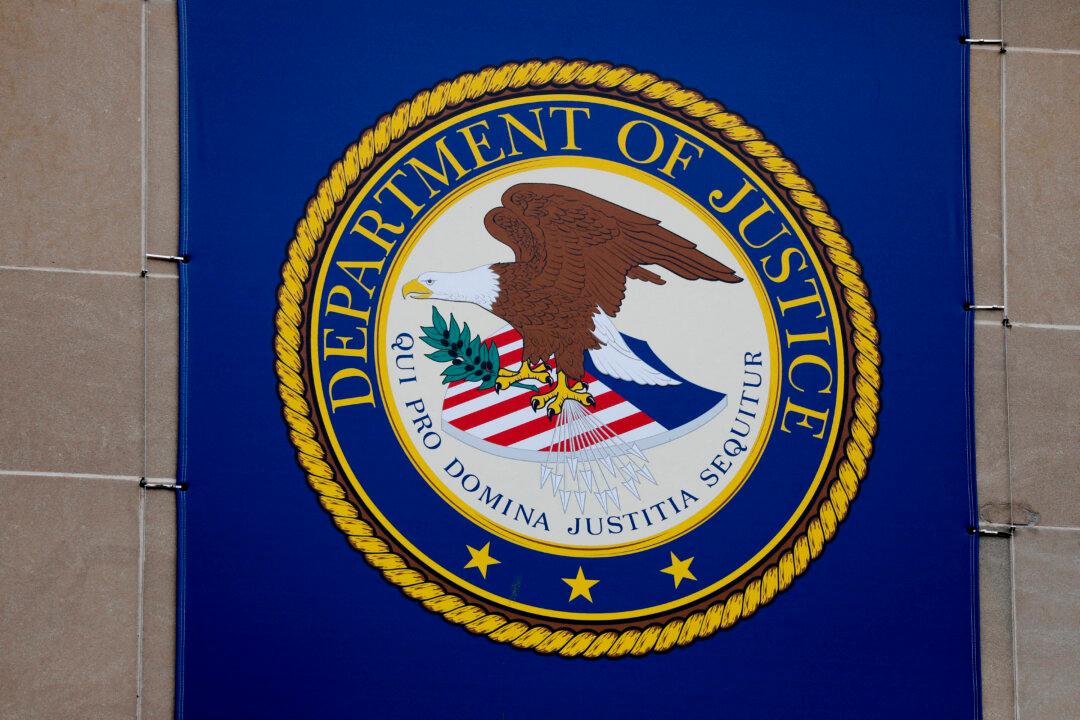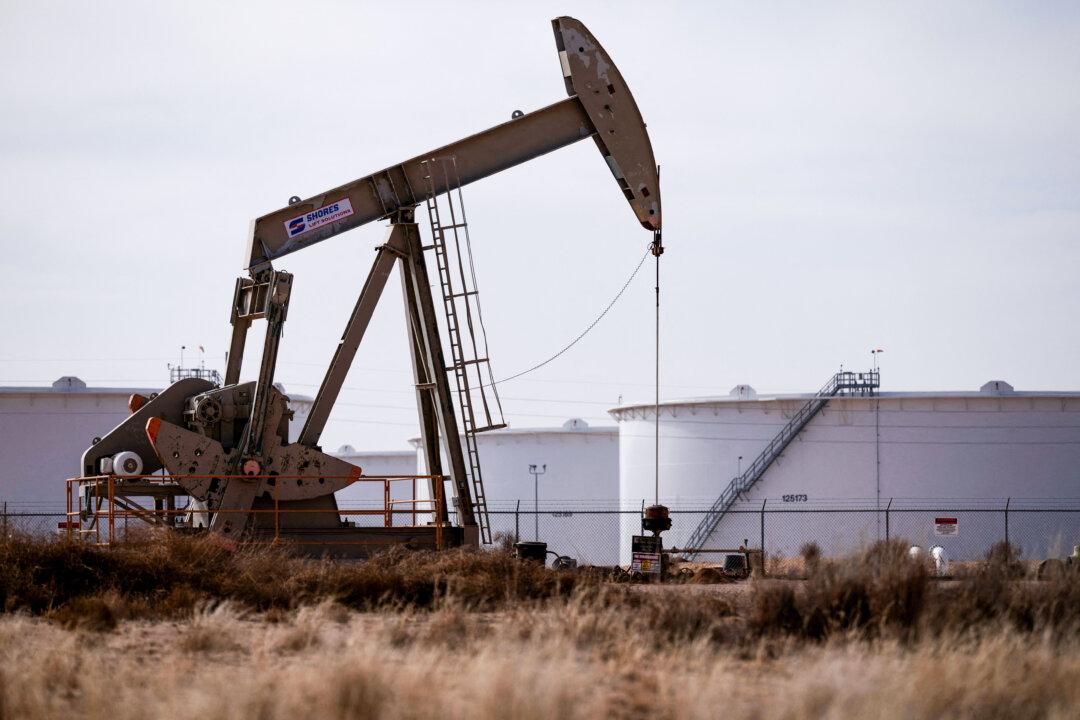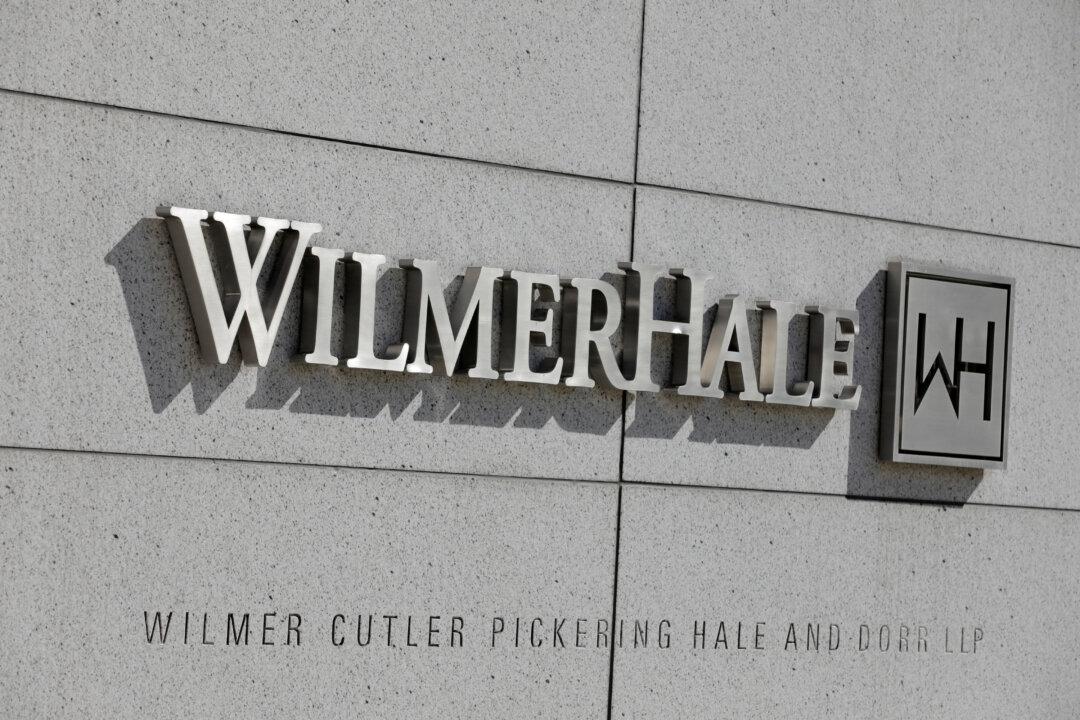A subsidiary of New York Community Bancorp will purchase a significant portion of the failed Signature Bank under a $2.7 billion deal with U.S. regulators, the Federal Deposit Insurance Corp. (FDIC) announced on March 19.
The 40 former branches of New York-based Signature Bank will operate under the name Flagstar Bank—the NYCB subsidiary—beginning March 20, according to the FDIC, an independent agency created by Congress to maintain a stable financial system.
Depositors of Signature Bridge Bank—excluding those related to the digital banking business—will automatically become depositors of Flagstar Bank.
Signature Bridge Bank was created by the FDIC earlier this month to take over Signature Bank’s operations after it was closed by New York state regulators in the wake of its collapse.
The closure came just 48 hours after the collapse of Silicon Valley Bank.
FDIC to Bail Out Signature’s Digital Banking Business
“All deposits assumed by Flagstar Bank, N.A., will continue to be insured by the FDIC up to the insurance limit. Flagstar Bank’s bid did not include approximately $4 billion of deposits related to the former Signature Bank’s digital banking business,” the FDIC said.“The FDIC will provide these deposits directly to customers whose accounts are associated with the digital banking business.”
New York Community’s deal with regulators includes the purchase of roughly $38.4 billion of Signature Bridge Bank assets, including loans of $12.9 billion, bought at a discount of $2.7 billion, the FDIC said.
Roughly $60 billion of Signature Bank’s loans and $4 billion of its deposits—those related to Signature’s digital banking business—will remain with the FDIC in receivership.
Additionally, the FDIC received equity appreciation rights in New York Bank common stock with a potential value of up to $300 million.
Back-to-Back Failures
Signature Bank became the third-largest bank failure in U.S. history after it was shuttered by regulators in the wake of Silicon Valley Bank’s collapse, which was the second-largest in U.S. history behind Washington Mutual’s failure during the 2008 financial crisis.The latest back-to-back failures have sparked concerns of a more widespread banking collapse and prompted customers with deposits at under-pressure banks to withdraw their money.
In Switzerland, Credit Suisse averted a liquidity crisis after it was taken over by UBS. Back in the United States, First Republic Bank needed a cash infusion from lenders such as JPMorgan Chase, Bank of America, and Citigroup to stay afloat to meet depositor withdrawals.

In an effort to stave off further withdrawals, which could potentially create more volatility and risk derailing the economy, the Biden administration has sought to quell Americans’ fears and reassure them that the U.S. banking system remains stable.
The March 19 announcement comes after New York Gov. Kathy Hochul also sought to ease concerns over the state’s banking system while explaining the steps her administration has taken to protect depositors in the state.
“Our view was to make sure that the entire banking community here in New York was stable, that we can project calm, that this is a time when we could manage a certain narrow situation and to make sure that that did not get any worse and that was what our objectives were,” Hochul told reporters at a news conference in Manhattan on March 13.
“The main message I want to deliver is New Yorkers should have confidence that their money is secure,” Hochul said. “Wherever they’ve chosen to bank, that is protected.”





